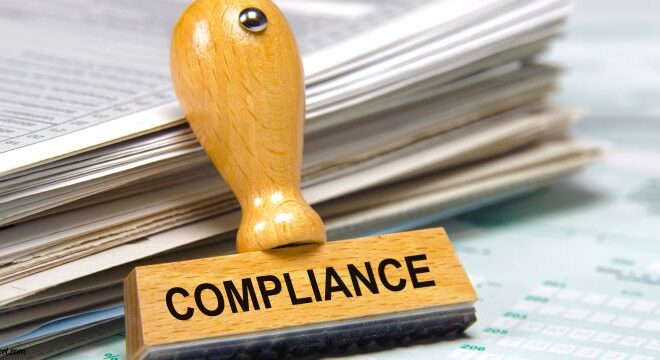
Delving Into The Depths: An Insight into the World of Coal Mining
Coal, the black gold that has powered economic growth across the globe for centuries, owes its prowess to the complex operation known as coal mining. This industry has played a pivotal role in shaping economies, communities, and even nations. But it’s no secret that it has considerable environmental implications. This comprehensive blog post aims to explore the ins and outs of coal mining, weaving through its processes, impact, challenges, and the future that lies ahead in this era of clean, alternative energy.
The Art of Coal Mining
Coal mining involves extracting coal from the earth – a process dating back to ancient civilizations. The two primary methods are surface mining and underground mining.
Surface mining or open-pit mining is employed when coal deposits are nearer to the surface. This method, accounting for over 60% of the coal produced in the U.S., involves removal of mountaintops or open pits to extract coal.
Underground mining, predominantly used when coal deposits are deep within the earth, follows two forms – room and pillar mining and longwall mining. Both require advanced mechanization and personnel trained in operating in underground conditions.
Coal Mining’s Economic Impact and Challenges
Coal mining has been the backbone of several economies, generating jobs, energizing industries like power, steel, and cement, and playing a significant role in local and regional economies. However, it presents an array of challenges. Prominent among these are environmental implications like air quality deterioration due to dust and emissions, water pollution from acid mine drainage, and landscape alteration from mountaintop removal.
The health and safety of miners is another concern. Prolonged exposure to coal dust can induce diseases like pneumoconiosis or ‘black lung‘. Mining accidents, including mine collapses and gas leaks, pose severe safety risks.
The continued combustion of coal for energy also contributes significantly to global climate change, a fact driving policy changes and a shift away from coal-based energy production in many parts of the world.
The Transition to Cleaner Energy
In an era of climate change awareness and sustainable development goals, the global reliance on coal is diminishing. The push for alternative, renewable energy sources from wind, solar, hydro, and nuclear power heralds a change for the coal mining industry.
The coal industry is not immune to these global changes and is beginning to explore cleaner coal technologies, like carbon capture storage (CCS), to reduce greenhouse gas emissions. Furthermore, the industry is involved in rehabilitation strategies, such as revegetation and land reclamation for mines no longer in operation.
Simultaneously, developing economies with substantial coal reserves grapple with a double-edged sword—mining and utilizing these resources for economic growth or leaving them unexploited in favor of more sustainable energy resources, often at a higher cost.
Living with the Legacy of Coal Mining
Regions with a strong historical connection to coal mining wrestle with the socio-economic implications of transitioning away from coal. Strategies to deal with these changes include retraining coal miners and communities in new industries, investing in infrastructure, and promoting tourism.
Notably, the concept of “Just Transition” has gained traction. Here, measures are implemented to support workers and communities who stand to lose as countries shift away from fossil fuels towards cleaner energy sources.
Key Takeaway
Coal mining, deeply interwoven into the fabric of our civilization, stands at a crossroads today. Balancing the scale between enabling economic prosperity and mitigating environment impact is the need of the hour. The collective progress towards sustainable alternatives highlights the necessity and urgency of this shift. As we move ahead, the coal mining industry’s destination remains to be charted out, bearing in mind the history, current landscape, economies, and most importantly, the planet that we inhabit. It’s up to us to ensure this balance is struck right, enforcing a narrative of growth and sustainability melding harmoniously together.



